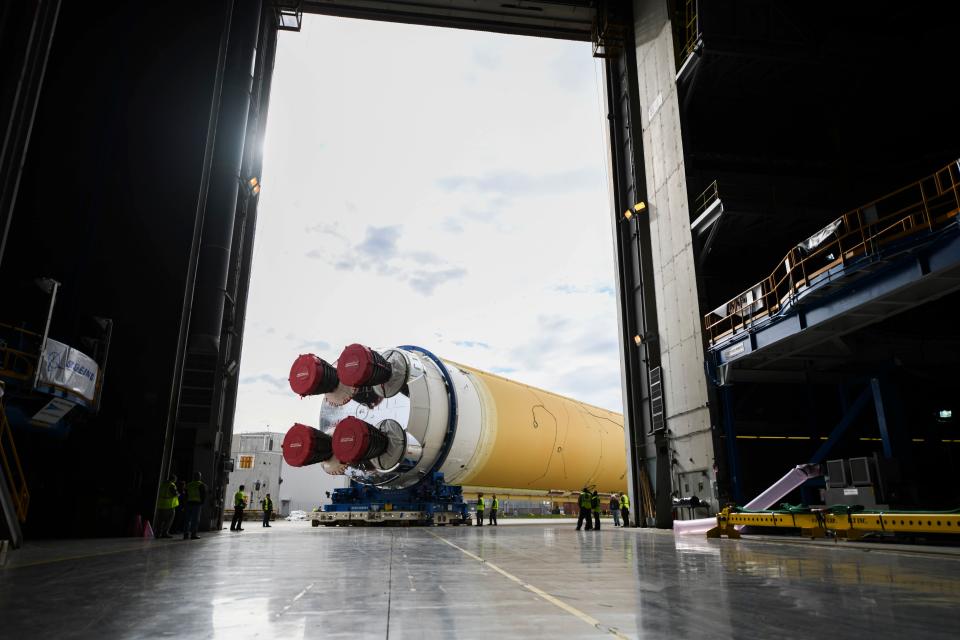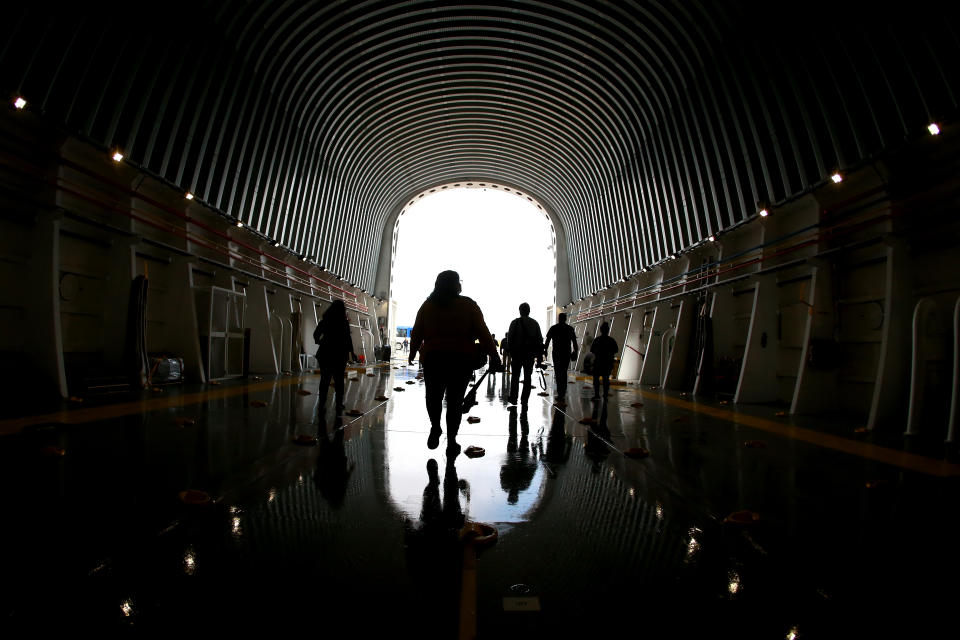NASA reveals details of $28bn plan to land first woman on the moon in 2024

NASA this week revealed new details of its plan to put a woman on the moon by 2024, including the cost and planned landing site for the mission.
Jim Bridenstine, administrator at NASA, described the mission as “well within reach”, saying it is a first step towards the US’s ambition of a manned mission to Mars.
The space agency estimates the cost of the mission at $28bn.
If successful, it would be the first time people have walked on the moon since the last Apollo moon mission in 1972.
Just 12 people have walked on the moon – all men.
Read more: Astronomers find closest black hole to Earth
NASA flew six manned missions to the surface of the moon, beginning with Neil Armstrong and Buzz Aldrin in July 1969, up to Gene Cernan and Jack Schmitt in December 1972.
“With bipartisan support from Congress, our 21st century push to the moon is well within America’s reach,” said Bridenstine.
“As we’ve solidified more of our exploration plans in recent months, we’ve continued to refine our budget and architecture.

“We’re going back to the moon for scientific discovery, economic benefits, and inspiration for a new a generation of explorers. As we build up a sustainable presence, we’re also building momentum toward those first human steps on the Red Planet.””
The mission will use NASA’s powerful new rocket, the Space Launch System (SLS), and the Orion spacecraft.
NASA says the spacecraft is complete while the core stage and its attached four engines are undergoing a final series of tests that will culminate in a critical hot fire test this fall.
Read more: There might once have been life on the moon
NASA will launch an SLS and an Orion together on two flight tests around the moon to check performance, life support, and communication capabilities.
The first mission – known as Artemis I – is on track for 2021 without astronauts. Artemis II will then fly with crew in 2023.

In 2024, Artemis III will be humanity’s return to the surface of the moon – landing the first astronauts on the lunar south pole.
After launching on SLS, astronauts will travel about 240,000 miles to lunar orbit aboard Orion, at which point they will directly board one of the new commercial human landing systems.
Read more: What are fast radio bursts, and why do they look like aliens?
Wearing modern space suits that allow for greater flexibility and movement than those of their Apollo predecessors, astronauts will collect samples and conduct a range of science experiments over the course of nearly seven days.
Using the lander, they will return to lunar orbit before ultimately heading home to Earth aboard Orion.
Nasa wants to establish a "sustainable human presence on the moon by 2028" in a bid to discover new scientific discoveries and demonstrate new technological advancements, with the help of private companies to build a lunar economy.


